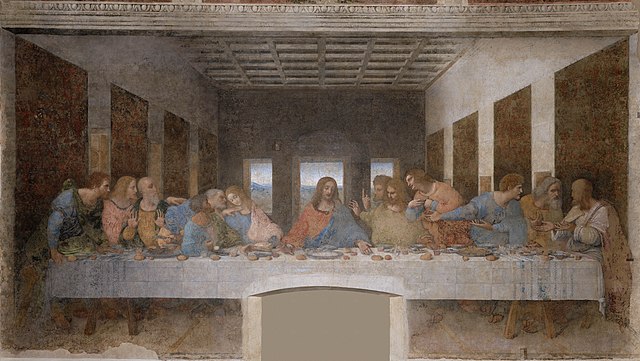
What were the most common painting techniques of the Renaissance
The Renaissance, a period of cultural rebirth and artistic innovation in Europe, roughly from the 14th to the 17th century, saw the development of numerous painting techniques that would define Western art for centuries. Artists of the Renaissance were not just creators but also keen observers of nature, human anatomy, and the interplay of light and shadow. They employed a variety of techniques to achieve depth, realism, and emotional expression in their work. Here are some of the key painting techniques that were developed or refined during the Renaissance:
1. Chiaroscuro
Chiaroscuro involves the use of strong contrasts between light and dark to model three-dimensional forms and create the illusion of depth on a flat surface. This technique was used to dramatic effect by artists like Caravaggio, to enhance the narrative drama and emotional intensity of their scenes.
2. Sfumato
Sfumato, most famously used by Leonardo da Vinci, is a technique that involves the blending of colors and tones to achieve a soft, smoky haze or mist effect. This technique allows for gradual transitions between colors and tones, eliminating hard edges and creating a more lifelike representation of flesh, atmosphere, and the natural world.
3. Perspective
Linear perspective is a mathematical system for creating the illusion of depth and space on a flat surface. Developed in its modern form by Filippo Brunelleschi and later elaborated by Leon Battista Alberti, perspective gave artists a reliable method to depict spatial reality. Using a vanishing point (or points) and a horizon line, artists could create the illusion that their paintings extended into three-dimensional space.
4. Foreshortening
Foreshortening is a technique used to create the illusion of an object receding strongly into the background. It is achieved by adjusting the dimensions of closer parts to appear larger than the parts that are further away. This technique is often used in conjunction with linear perspective to enhance the three-dimensionality of a figure or object.
5. Fresco
Fresco painting is a method of painting water-based pigments on freshly applied plaster, usually on wall surfaces. The colors, which are made by grinding dry-powder pigments in pure water, dry and set with the plaster to become a permanent part of the wall. Fresco was the main method used for the decoration of large surfaces in the Renaissance, as seen in the works of Michelangelo and Raphael in the Vatican.
6. Oil Painting
Although oil painting was known in the Middle Ages, it became the dominant medium during the Renaissance. Oil paints allowed for a greater range of colors, finer details, and more subtle gradations of light and shade than fresco. This medium dries slowly, offering artists the flexibility to make changes, add details, and achieve a variety of textures and effects. Jan van Eyck is often credited with the invention of modern oil painting techniques, but it was adopted and refined by countless artists across Europe.
7. Tempera
Tempera, made from colored pigments mixed with a water-soluble binder medium (usually egg yolk), was a primary medium for panel paintings before the widespread adoption of oil paints. It dries quickly to a matte finish and requires a precise application method, which led to its replacement by the more versatile oil paints. However, many Renaissance artists, including Botticelli and Fra Angelico, excelled in this medium.
These techniques, combined with the Renaissance artists’ study of light, anatomy, and the natural world, contributed to the period’s unprecedented advancements in art. The integration of scientific methods with artistic practice during the Renaissance laid the foundation for the realistic representation of the physical and emotional human experience, principles that continue to influence Western art.